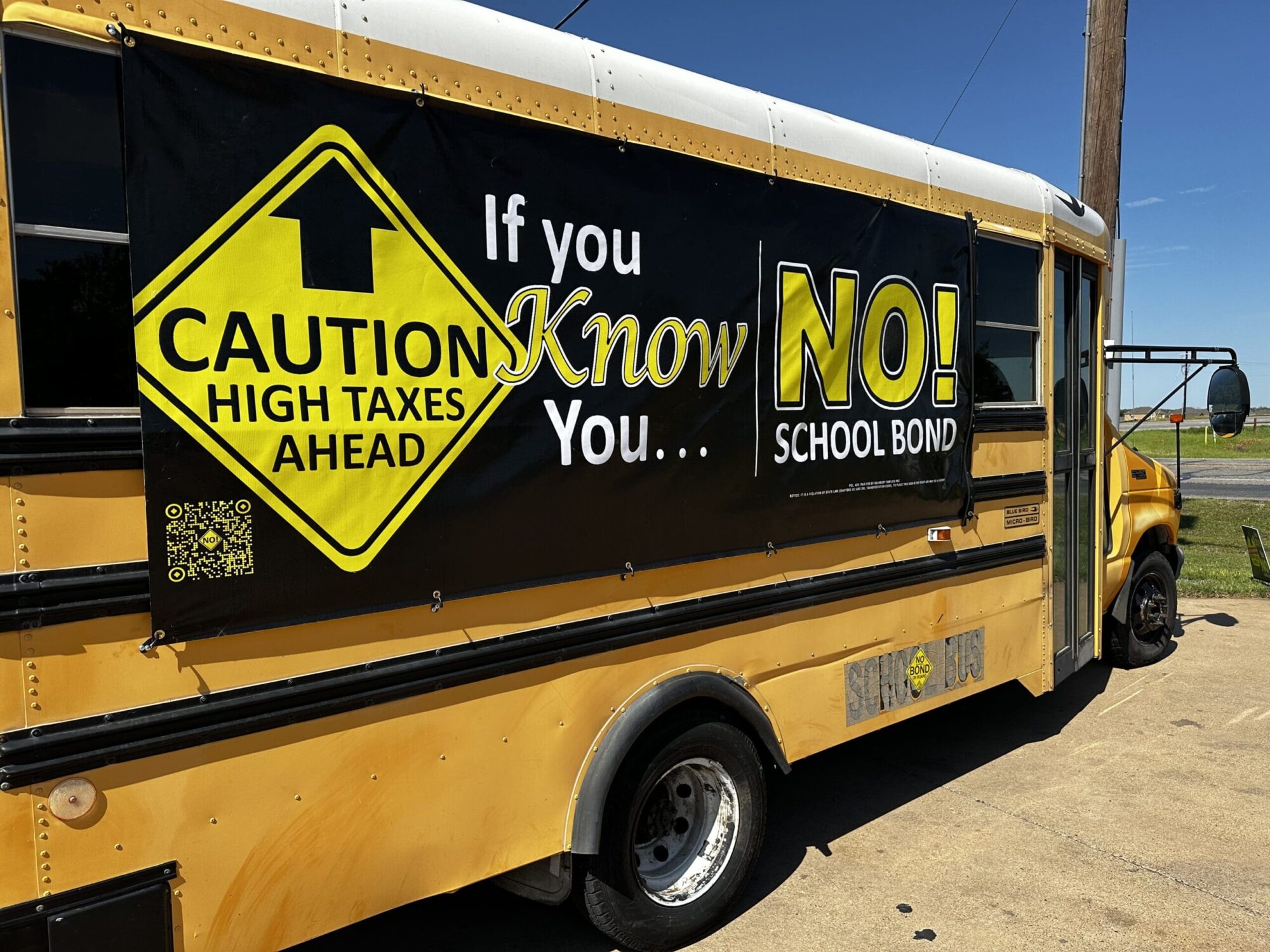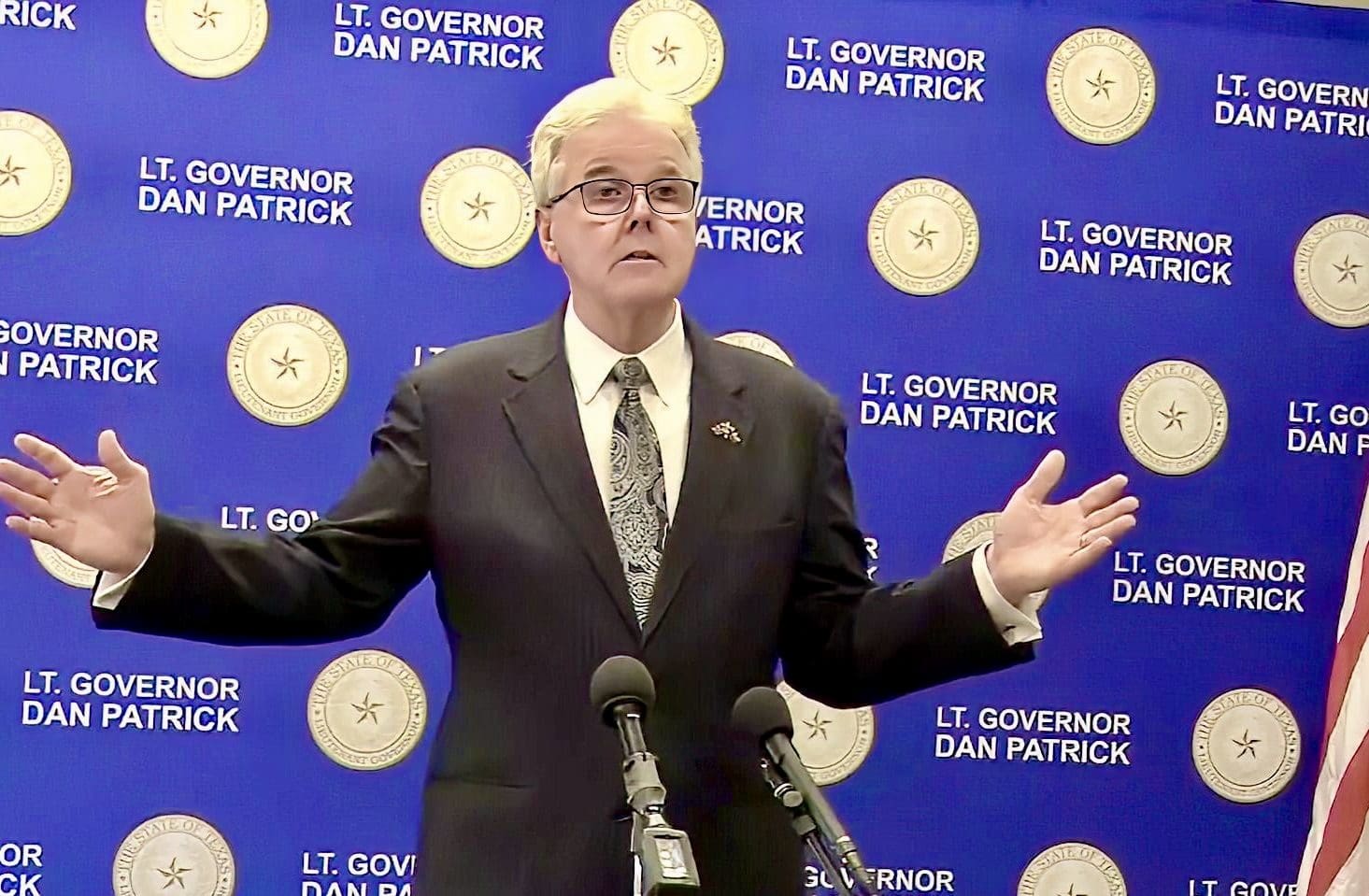Nearly $4 billion.
That’s the current price tag of Lt. Gov. Dan Patrick’s proposal to increase public school teachers’ annual salaries by $5,000 across the board, a proposal before the Texas Senate in the form of State Sen. Jane Nelson’s (R-Flower Mound) Senate Bill 3 (which is coauthored by a supermajority of the Texas Senate).
While SB 3 was initially anticipated to cost $3.7 billion, lawmakers realized doing so would increase the obligations for teachers and the state to the retirement funding. Nelson provided for that new obligation (and for the state providing the teachers’ funding) in her committee substitute on Monday—driving SB 3’s estimated cost up to around $3.9 billion.
But that’s just the current cost.
The final cost of SB 3 will likely soar even higher as lawmakers acquiesce to the demands of librarians, counselors, audiologists, speech pathologists and others they be included in the pay raise.
If that happens, Republican lawmakers will have little choice but to kowtow to Democrats’ desire to lump in bus drivers, janitors, cafeteria workers, and other school employees.
As it stands, the $3.9 billion is in addition to $2.63 billion in increased public education funding in the state budget, and $400 million in the supplemental budget. Those numbers include $2.4 billion to fund enrollment growth, $230 million to maintain current health insurance premiums in TRS-care, $100 million for school safety improvements, and $300 million to address pension liabilities in the Teacher Retirement System.
For the folks counting at home that’s nearly $7 billion in new spending slated for K-12 public education under the plans proposed by the Texas Senate. And most observers expect that number to increase by perhaps another one or two billion more before lawmakers are done in Austin.
Meanwhile, taxpayers are being offered a paltry $2.3 billion for “property tax relief” on their school tax bills. Well, supposedly it’s that much.
Lawmakers have yet to propose how they will provide relief to Texas taxpayers or how it will affect the average taxpayer’s pocketbook. “Trust us, it’s coming later,” has been the response when senior lawmakers have been asked about the timeline on a rollout and for specifics on meaningful property tax relief. That answer gets more concerning as the state moves deeper and deeper into the legislative session.
Perhaps the reason they’ve been delaying the announcement of a relief package is because they fear taxpayers won’t be happy. They fear taxpayers will do the math and ask why Republican legislators who campaigned on lowering property taxes are preparing to spend three times as much money on new education funding as they are on tax relief.
Texans have good reason to be concerned.
Taxpayers should ask Republican legislators why they are preparing to spend three times as much on new education funding as they are on property tax relief.
Because if lawmakers were willing to eschew all or even part of the $7 billion in public education funding increases, they could provide serious relief to taxpayers.
Here are just two ideas:
- It’s estimated the state will “recapture” between $5 billion to $5.5 billion from school districts through the Robin Hood tax over the next two years. Lawmakers could afford to abolish Robin Hood entirely—reducing school tax bills by more than one-third in areas with the highest taxes in the state—and still have a billion and change left over.
- Texas Democrats have proposed doubling the homestead exemption from $25,000 to $50,000 in 2021. The plan that has an assumed cost to the state of $1.7 billion and would provide $325 worth of tax relief to Texas homeowners. With roughly $3.4 billion, Republicans could fund two years of that exemption and put an average of $650 in the pocket of every homeowner, and still have cash left over.
The State of Texas is on track to bring in a record haul of revenue over the coming years—more than enough to provide lower school tax bills to taxpayers. We must maintain the discipline to control spending growth and ensure the coming surpluses go towards property tax relief.
According to data obtained from local appraisal districts, taxpayers across Texas have already been hit with enormous tax hikes in recent years. The average homeowner in Fort Worth ISD suffered a 42 percent increase in their FWISD school tax bill in just five years. In Arlington ISD, a 42 percent increase over the same time span. In Grapevine-Colleyville ISD, a 40.5 percent hike.
The average homeowner in Dallas ISD has been hit with a staggering 63 percent increase in their school tax bill in the same five years. In Richardson ISD, the hike is 65 percent over the same time period. The list goes on and on and on.
To their credit, lawmakers have proposed some serious and substantive reforms to address that rampant growth, but those changes will not cut the bills of over-taxed Texans—only stop their problem from getting even worse.
But reform without relief is a hollow victory—especially as the state’s treasury swells with surplus tax revenue.
Conservatives must demand this surplus state revenue is returned to the taxpayer rather than used to expand bloated bureaucracies. We must demand that increases in state spending are coupled with at least dollar-for-dollar property tax relief.
Increasing teacher pay with state dollars may be a worthwhile venture. Indeed, ensuring more education dollars make it to the classroom is a laudable goal. But Texans who are being taxed out of their homes can’t afford extra new state spending that fails to lower school taxes.
Until serious and substantive school tax relief is brought across the Texas Legislature’s finish line, Texans should oppose Senate Bill 3.




